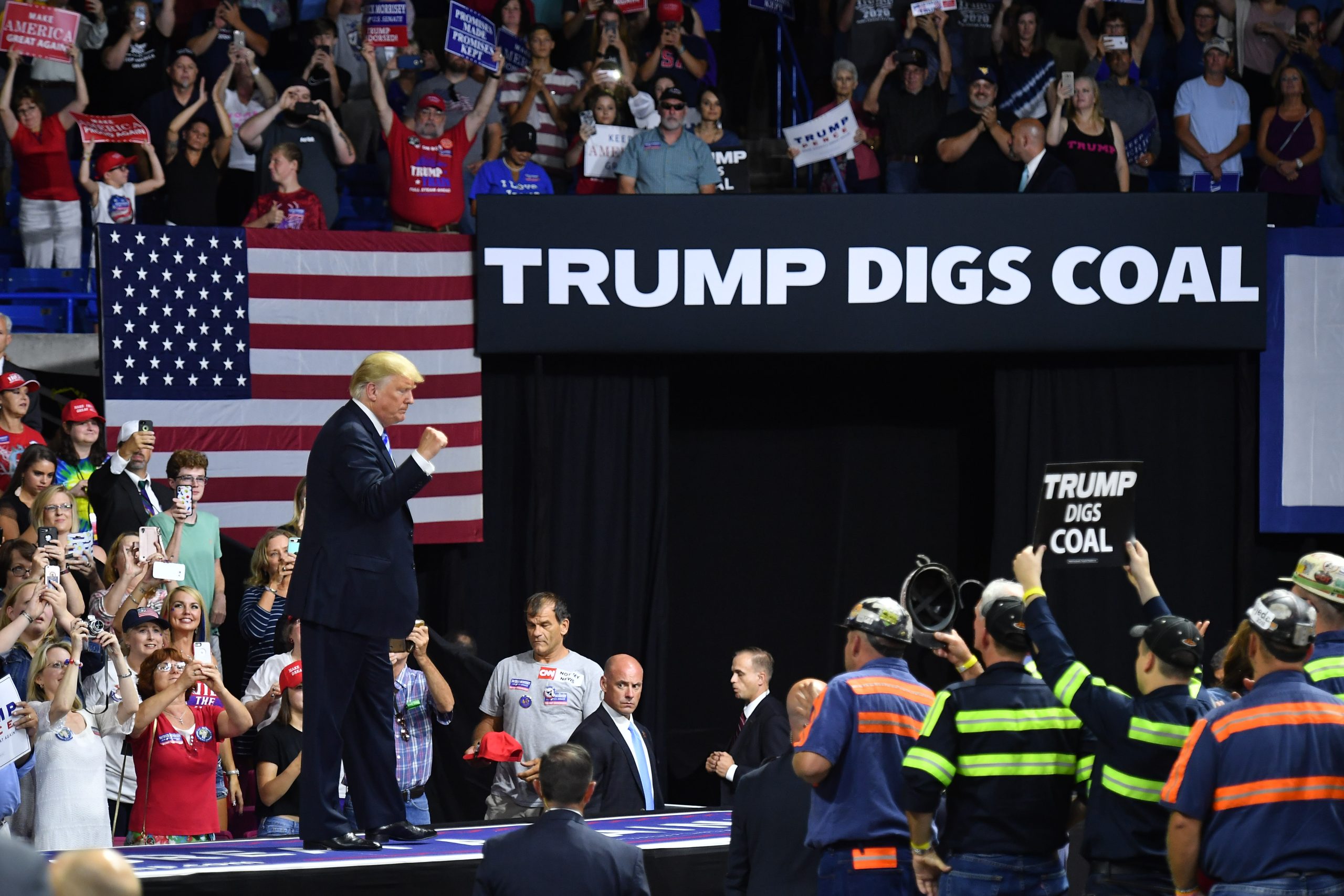In 2018, 14.3 gigawatts (GW) of coal-fired capacity was retired, up from 7GW retired in 2017. That constitutes the second-biggest year for coal-fired capacity retirement since 2015, according to new research from S&P Global Market Intelligence. In 2015, 14.7GW of coal-fired capacity was retired.
The Trump administration campaigned on its ability to save coal by cutting back Obama-era regulations. But in 2017, a Department of Energy-commissioned report gave the administration some bad news: environmental regulations aren’t what’s killing coal—economics are. According to a recent report from market research firm Lazard on the leveled cost of energy, building new renewable energy is currently cheaper than paying marginal costs for many coal plants. And innovations in fracking have dropped the cost of US natural gas far below that of coal.
As the US coal fleet ages, utilities and energy companies are incentivized to replace old coal plants with natural gas plants and renewable energy.
S&P Global says that an additional 23.1GW of coal plant capacity has been announced to be retired between 2019 and 2024, for a total of 71.9GW of retirements or planned retirements between 2014 and 2024. "The analysis shows about 245.6GW of current operating coal plant capacity in the US," S&P Global wrote.
The Trump administration has tried a number of avenues to bolster coal, but none of them have been successful yet. First, the DOE tried to argue that coal and nuclear plants should be paid extra for their ability to store 90 days of fuel on site. The Federal Energy Regulatory Commission denied that plan on the grounds that the logic behind it was unconvincing.
Since then, the Trump administration has indicated its interest in either using the Defense Production Act of 1950, a wartime rule that allows the president to incentivize purchases from American industries on national security grounds, or using Section 202(c) of the Federal Power Act to mandate that struggling coal and nuclear plants stay open.
In October, Politico reported that political will to push through certain coal bailouts was weak among White House staff.


